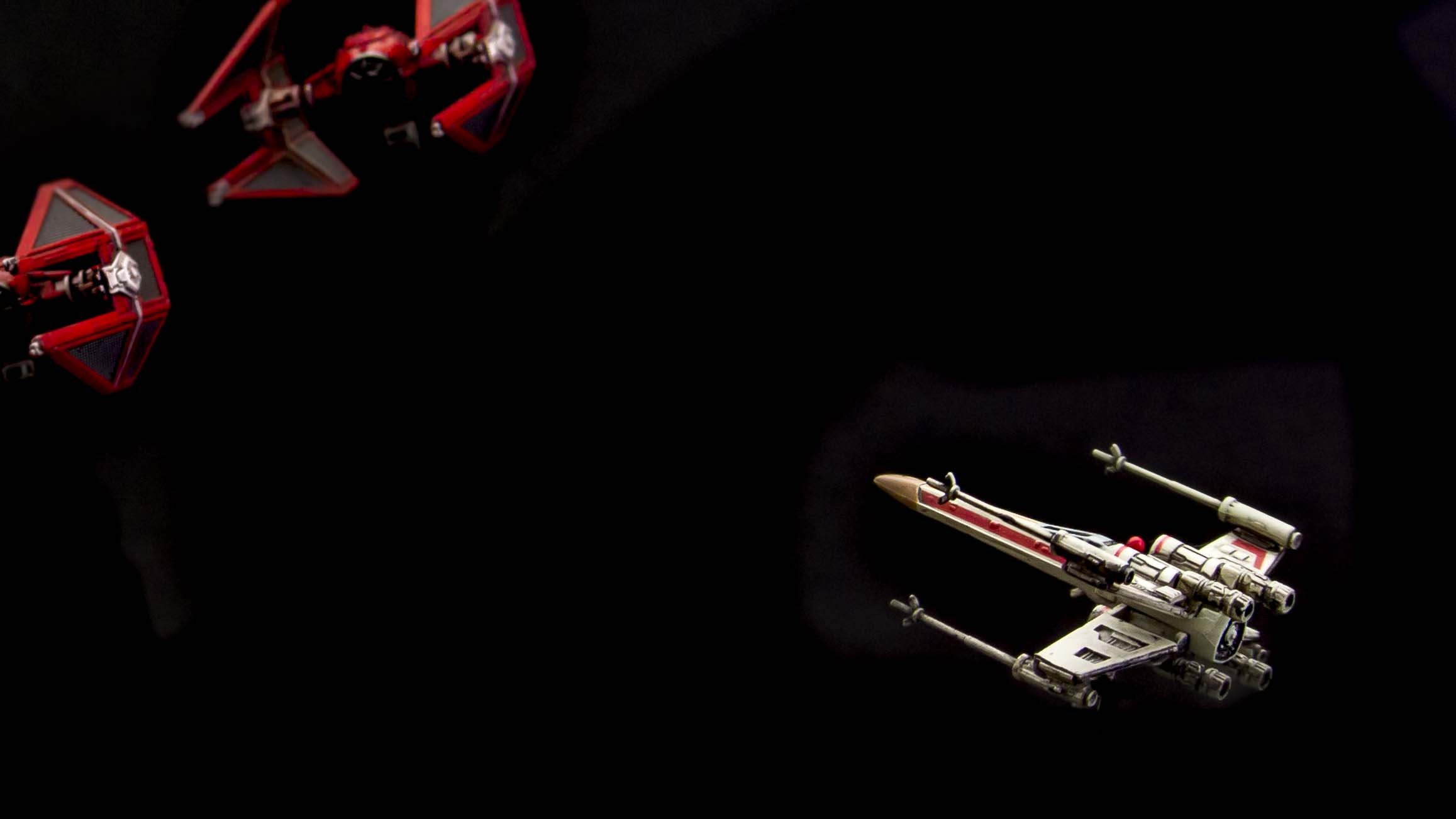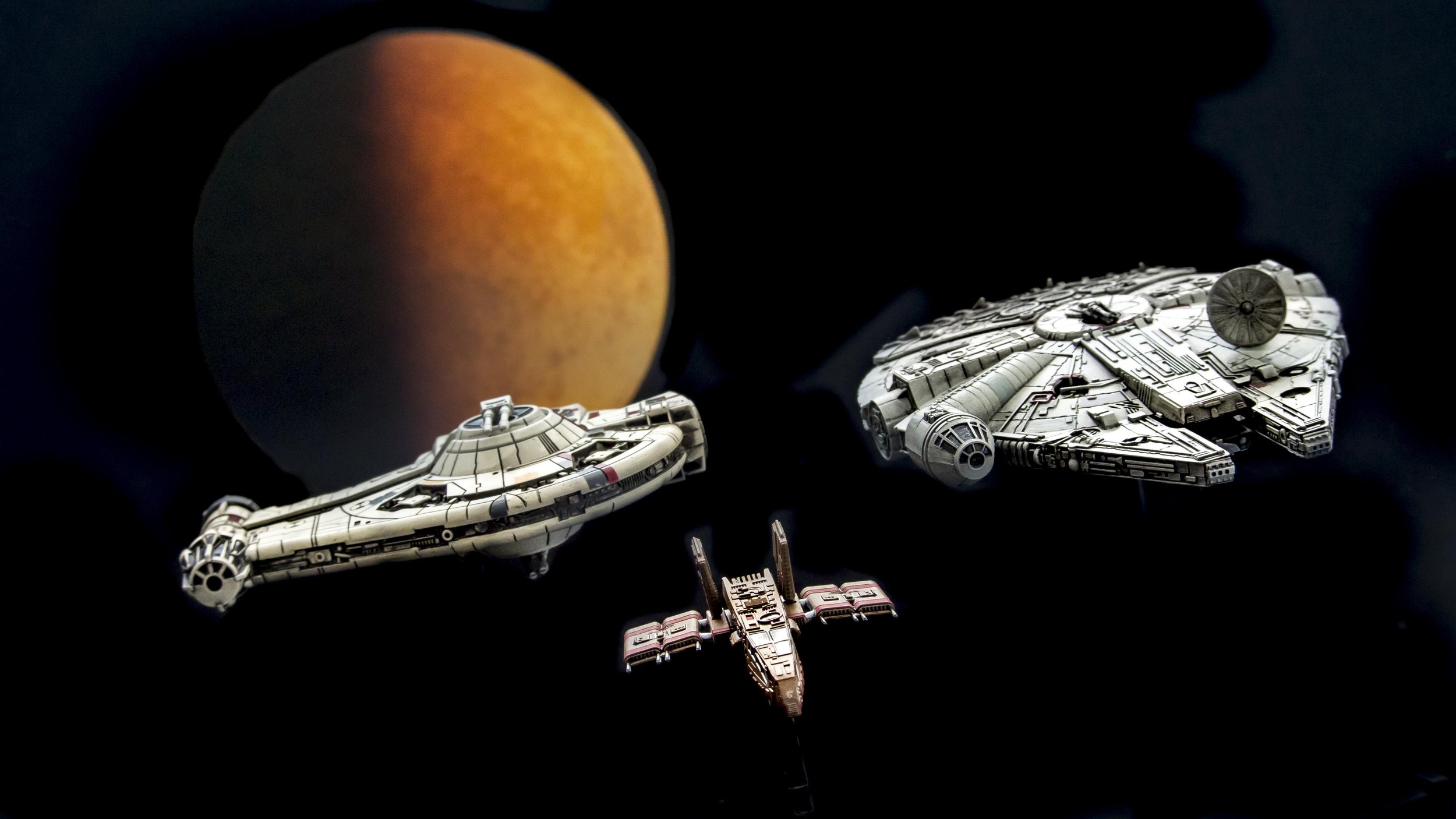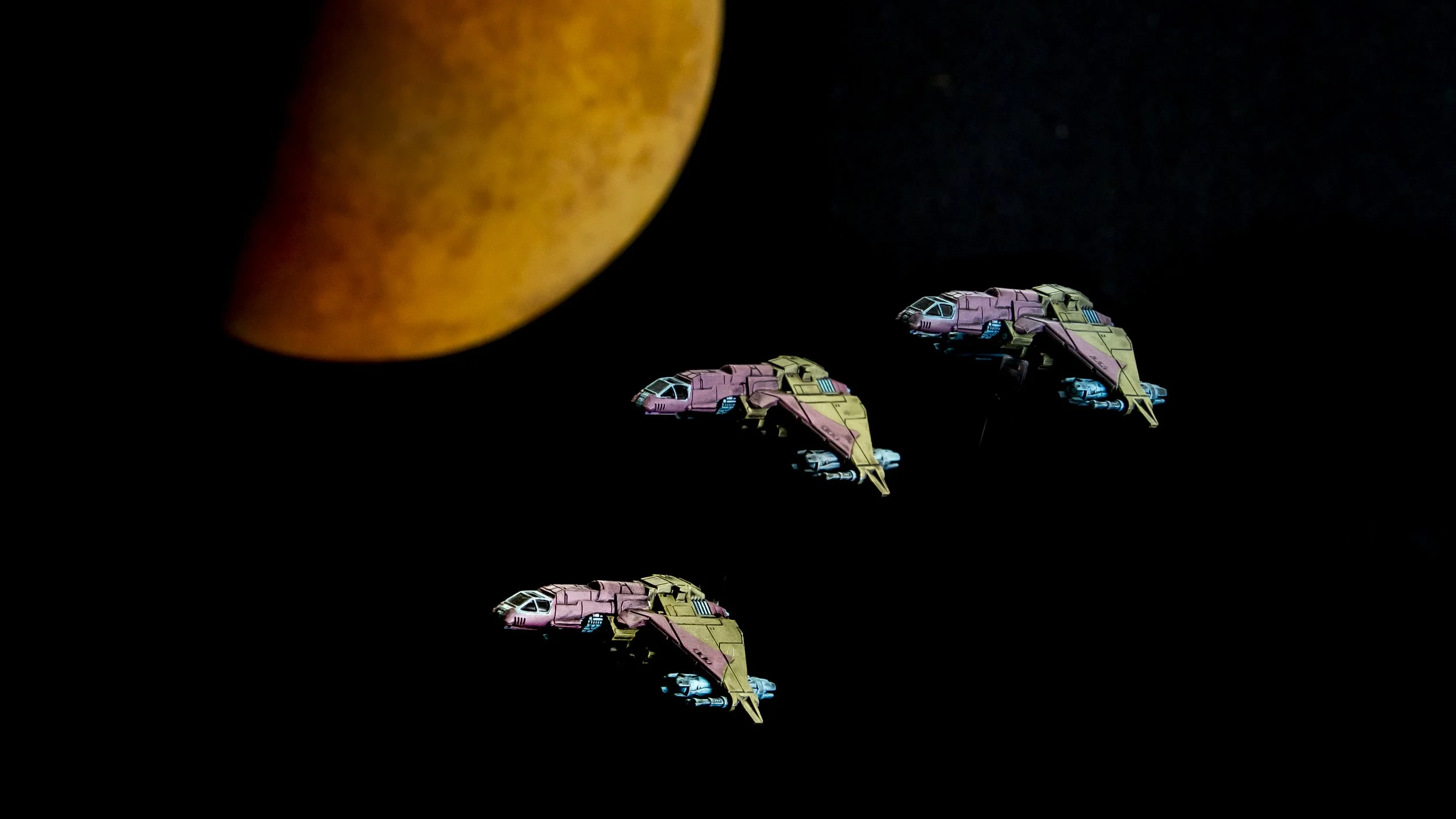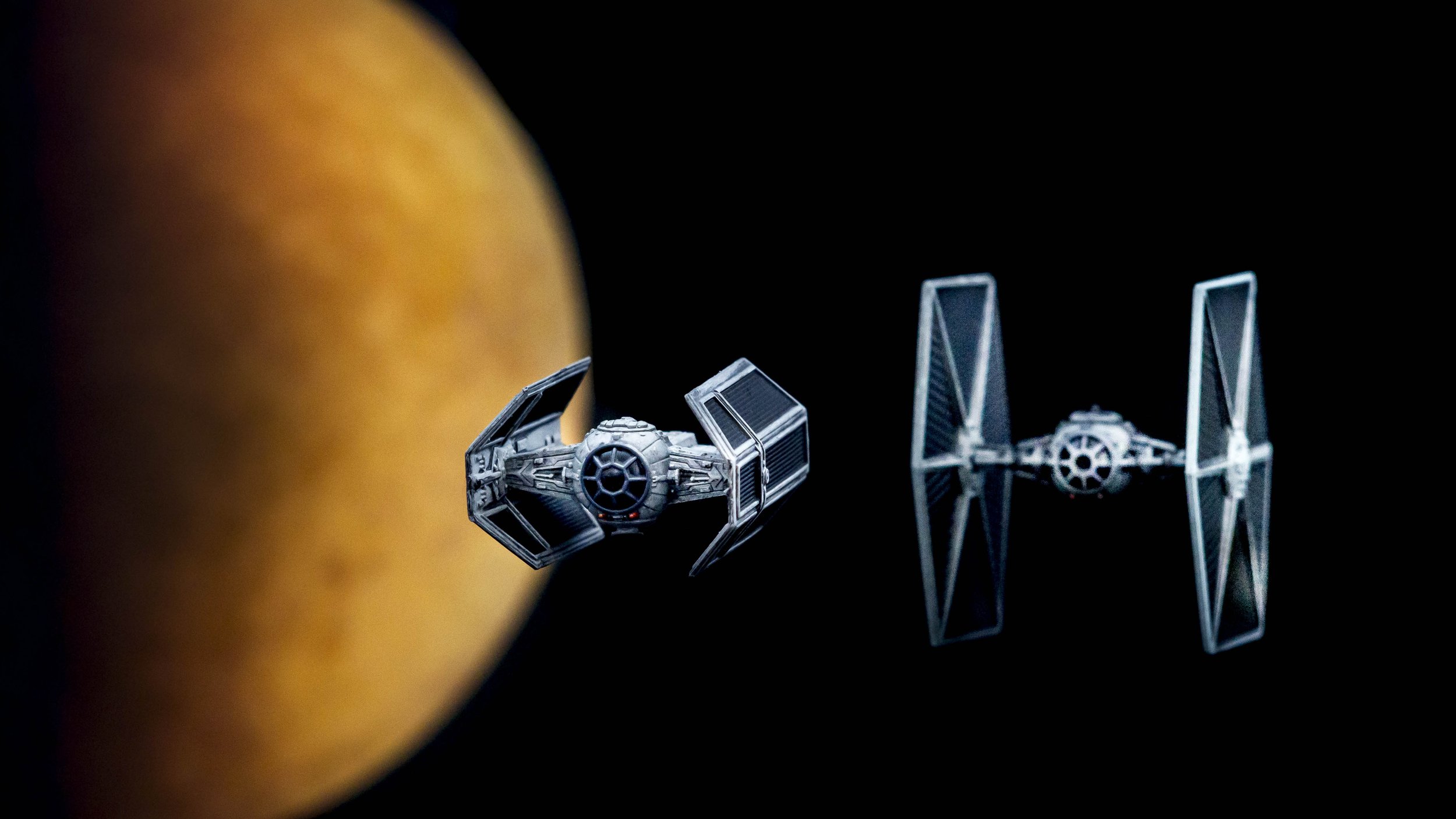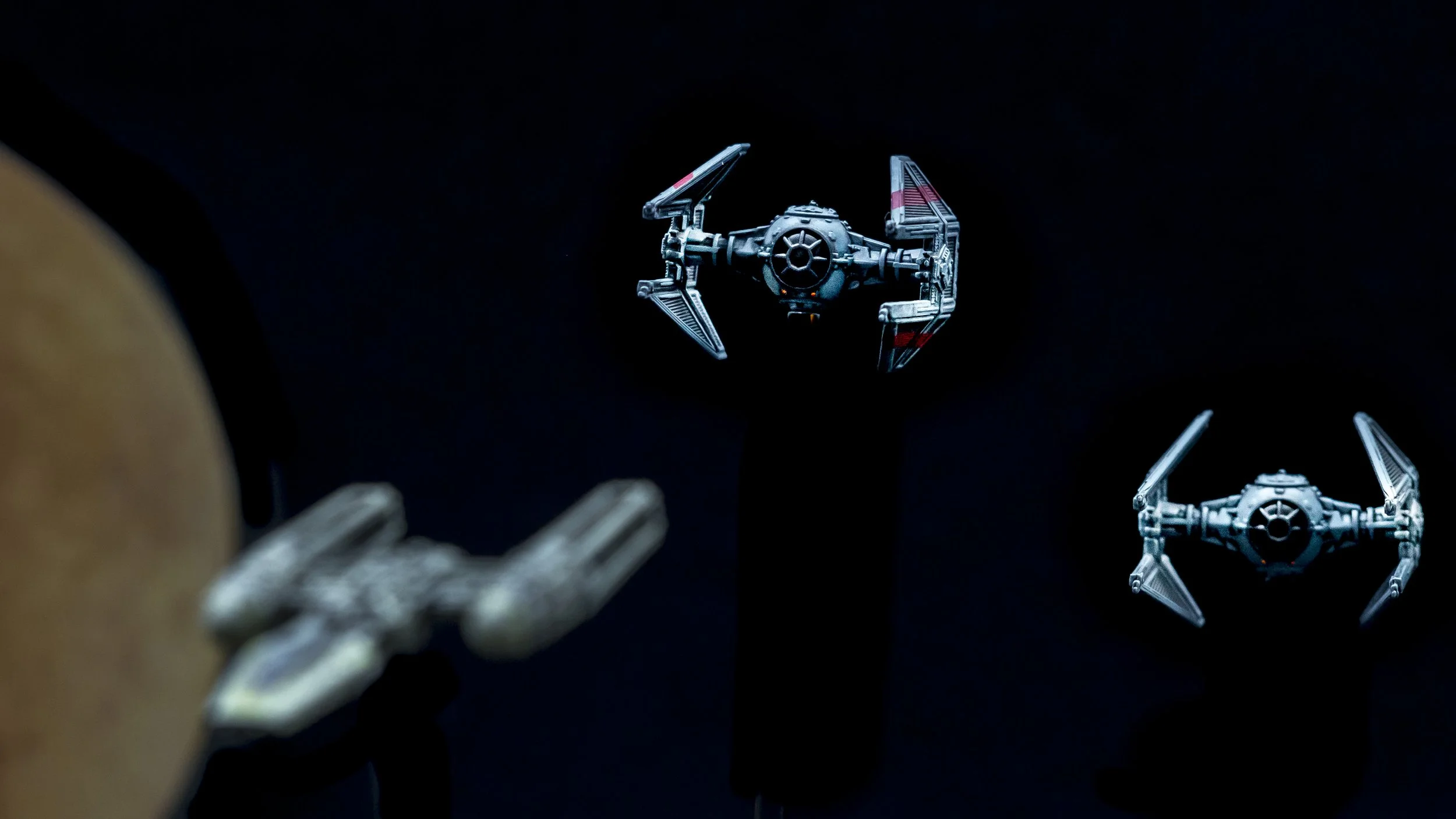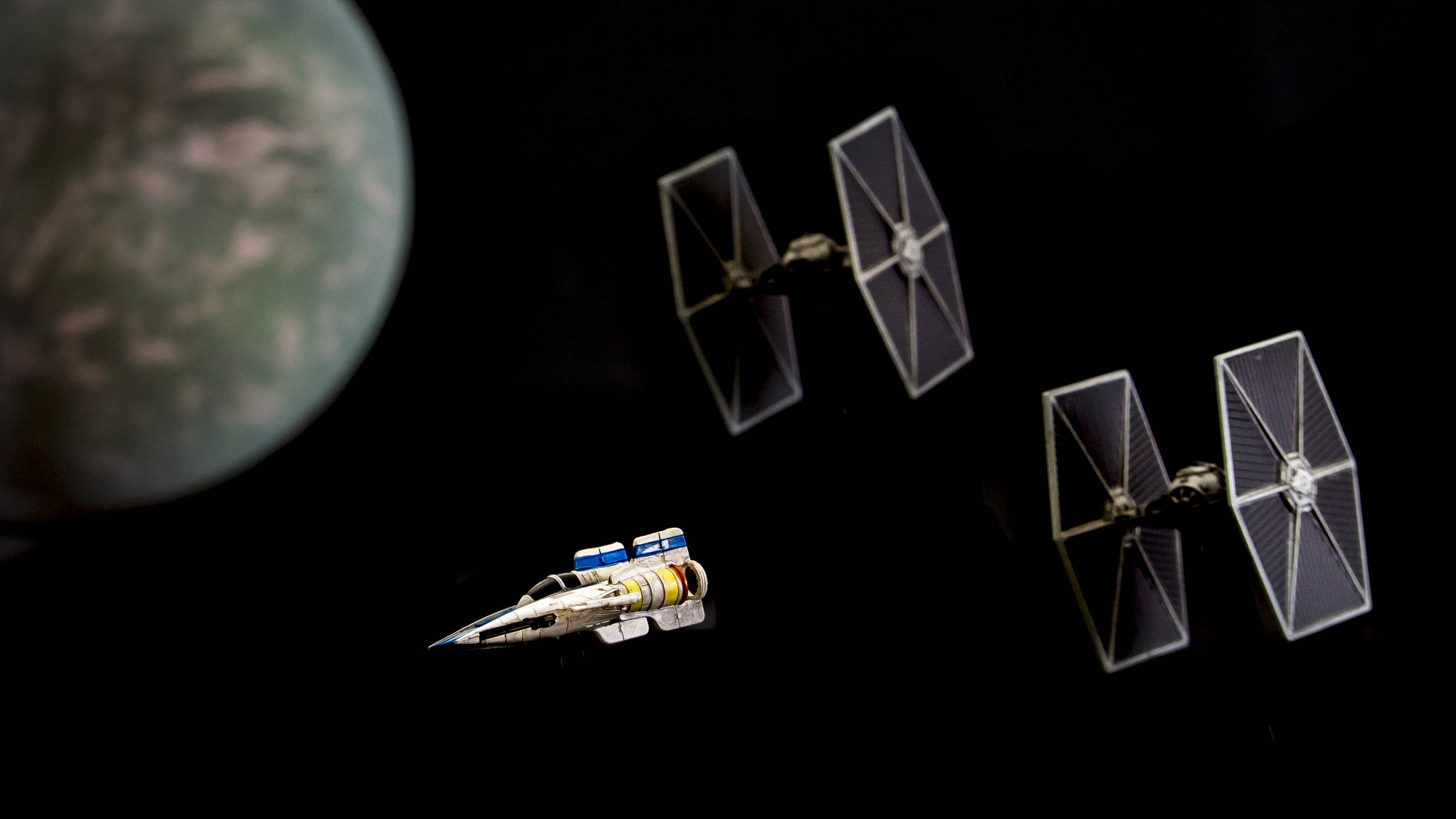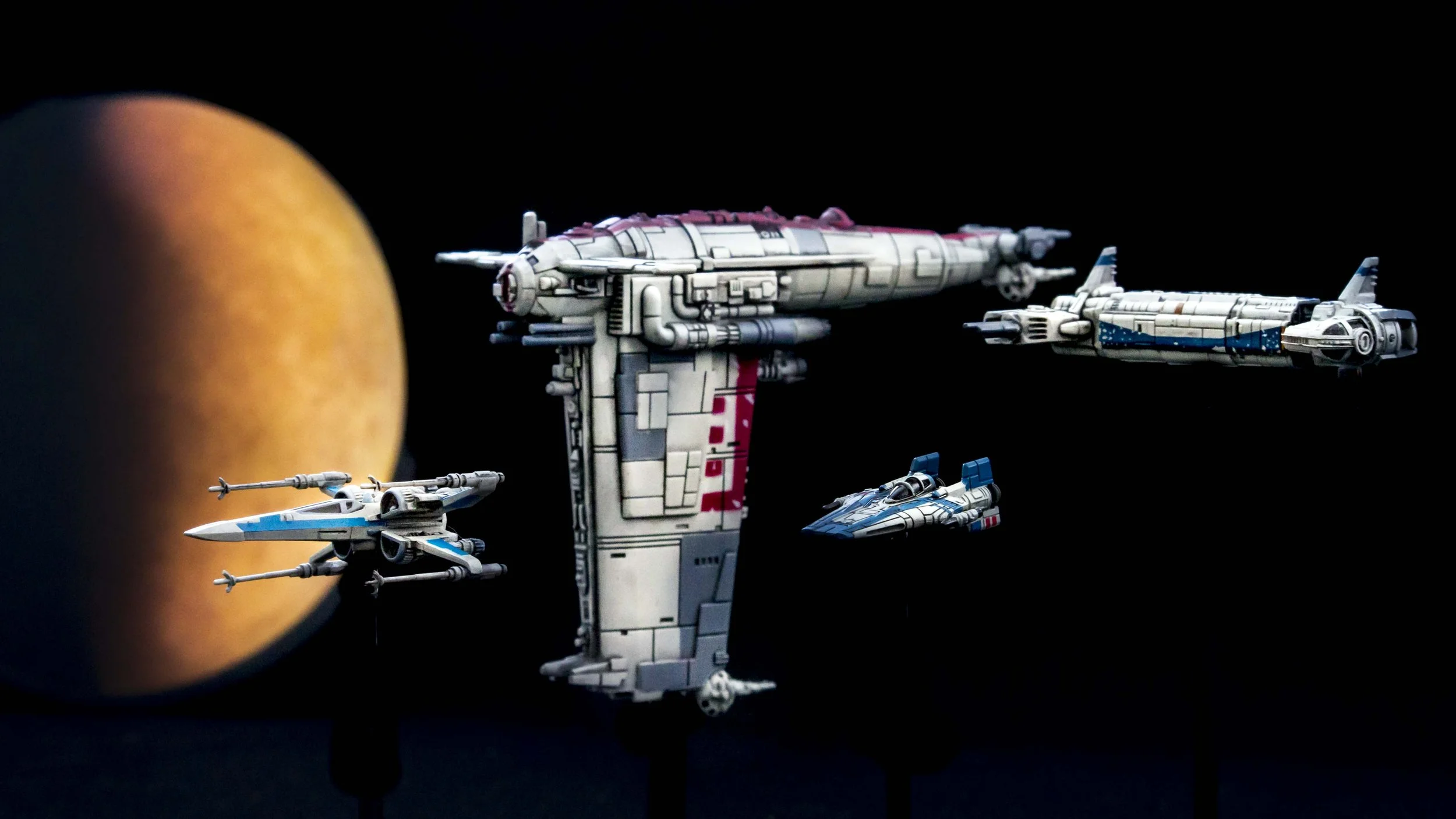My D100 TTRPG addiction aside, I have a small number of other RPG’s that all have something in common apart from being a change of pace and style.
They are all DnD based hybrids of other games, but I feel, are possibly better at doing what the respective originals did, as both DnD and their partner system.
13th Age Glorantha is the first of these.
As a D100 gamer, it would be safe assume Glorantha or more specifically Runequest would be a seminal game for me, a progenitor, one of the pillars. This was not the case. I was mostly unaware of it in the early days, disinterested to say the least later, even today, mostly cool towards it.
The mix of Indo-Bronze Age theming, oldest school BRP mechanics and gonzo concepts just never clicked with me and I have plenty of other D100 fantasy options, many derived from or shadow versions of this game with updated mechanics and without the back story.
I also felt that the over the top concepts of the game, like very accessible gods, hero quests etc never really fit the hard edged D100 paradigm.
13th Age by contrast is an over the top love letter to DnD, taking the abstractness and rounding off the edges, removing the bloat and generally feeling like an exercise in “if it’s worth doing, it is probably worth over-doing”.
13A mitigates many DnD abstractions for me by making them even more abstract, calling them out and reducing their overhead while making them more fun. Ten levels, no experience points, incremental advancement, fewer spells and those level up with the character, the “One Unique Thing” and so on, make for an uber house-ruled DnD experience made official.
Then came 13Age Glorantha.
I resisted for a while, general disinterest helped with this early, but 13th Age is such a fun read, I thirsted after every book. The game is so open, I knew small bits of Glorantha could be added easily, the whole even without too much of a stretch.
Amazing stuff, but not my cup of tea.
Dragon Pass (the area covered by the book) as a trans dimension/time gateway? Why not. Ducks exploring 13th Age’s Dragon Empire (hell of a “one unique thing”), Broo wandering the plains outside of the main map or spewing from a Hellhole (Maybe Dragon Pass is a Hellhole?), Runes made powerful by proximity to a “Rune Stone”? All possible.
Straight 13AG with its heroic play style seems to me more Glorantha than the original. Heresy I know, especially from a dedicated D100 advocate, but look at that cover!
13AG takes that and embraces the gonzo weirdness that is Glorantha effortlessly.
The book itself is sumptuous, spectacular even, the content dense and lovingly assembled, a testament to the respect and genuine love the writers feel for it, even if both are DnD main stays.
Considering it was written as a passion project alongside the roll-out of 13A, it is a bit miraculous it exists really. A shame they are not doing much more with it. We are lucky I guess that this was completed at all.
No corners cut, not desire to make it “only” a 13th Age supplement, this is the real deal.
There is a second edition of 13A coming, something I will probably not be touching, but 13AG stands alone anyway.
*
Number two is Adventures in Middle Earth for DnD 5e (1st Edition).
I have the distinction of owning all editions of the grand old dame at one point or another. I was never a fan of classes, levels, armour class and high magic systems, which did not stop me collecting well over 100 Basic DnD, ADnD, 2e, 3e, 3.5e, 4e and Pathfinder 1e books and boxes over the years, such is the power of conformity and the pervasiveness to the game.
Enough to take characters from levels 1 to 20 on both sides of the mountain.
I have most of the bespoke and gorgeous The One Ring (1e and revised) and the less precious but still lovely 5e AIME (1e) only stopping when I lost interest in some of the books and when they (Cubicle 7) lost the contract.
I bought the latter for the same reasons it was made for, to have a game that ties directly to the worlds cornerstone RPG (I live to serve) and because it is a little cleaner and more coherent than TOR. Benefitting from being the second release from the same writers, the roll-out was less all over the place*.
Very different on the outside, presentation internally is pretty close, apart from the systems of course.
Playable with a single chapter from the free 5e rules document (Part 2 “how to play”), it has a feeling of balance and power reduction only a DnD game lacking PC magic can have.
The six classes are Middle Earth themed and as with the books, the only magic in the world is wielded by the serious players, world shaping events, non-mortal npc’s and ancient forces. Magic is present, but apart from the odd ancient and probably misunderstood artefact, it is mostly out of reach of characters.
What you are left with is a balanced, rather gentle take on the well worn shoe that is DnD, without some of the overt limitations TOR exerts on players and GM’s. So, a lot of familiarity and a get-out-of-jail card for some of the more restricting systems TOR uses to enforce Tolkien’s vibe.
Levelling makes sense in the many down time periods (part of AIME/TOR), power creep is limited by adventurer age really (1-2 adventures per season, 10-20 seasons). Character death and injury is more likely with only standard healers available and the less over-the-top 5e fixes the rest.
There is no doubt, the subject matter trumps system considerations, but respect to 5e for reviving the fortunes of the first RPG and in this specific form, the marriage of two of the most important influences in modern fantasy culture is as good a fit as could be hoped for. If DnD owes anything to Tolkien for inspiration, then this is decent payback.
I have the bulk of this from Cubicle 7 and they have re-released it under another banner mostly the same as far as I can see, but I have enough to take PC’s from levels 1 to 20. This is the only way true DnD will ever be played in this house**, 13A being a deliberate and known exception.
*
The last of these is Pathfinder for Savage Worlds.
I have previously ditched Savage Worlds Explorers edition and Pathfinder 1e in my last purge period, but this marriage seemed too good to be true.
Pathfinder for me represented a constant book drag that seemed never ending, something I cut the cord on years ago and made someone very happy with a mass-dump at a bargain price (I think they got my 4e DnD also). I blame the art, which was glorious and addictive.
I got to about 30 books before I simply lost the will to go on with the big glorious mess.
I had a short period of playing it E6 style, limiting character levelling several ways and making all monsters scary again (a favourite was limiting hit points, but allowing other level abilities). It still flew in the face of the game as a whole, wasted a ton of materiel and few others were interested when other high lethality games (Mythras etc) already existed.
I kept the maps from the various adventure paths, the counters and terrain tiles from 4e DnD, with little idea why except that they were not part of the various sales and felt they might come in useful for something.
Savage Worlds was also a thing for a while, my alternative to D100 shadow game. Do D100 seriously, then SW as a pulpy alternative was the idea and some elements like the Sci-Fi expansion really sat well, but when a new edition was looming, I let it go as well.
I have since bought the Explorers edition (SWADE) again, not sure why, but saw little point in expanding on that until the release of SWPF.
Like 13AG above, SWPF feels like a really logical and fun fit for a system that was crunchy like fresh Corn Flakes and sometimes as dry.
Levels and classes have been effortlessly absorbed by the game’s own systems with more D100 style incremental growth, classes are less rigid “packages” so flexibility is retained. The added SW story telling elements round off a very approachable and enjoyable table top experience.
The spell list for example is on one hand more flexible than PF and on the other about 5% the size. Combat is fun and those counters and terrain tiles I kept are ideal for it’s more tactical, miniature friendly game style.
Sooo….much….stuff. All those 4e grid maps, counters and props finally have a place in the tactical game friendly SW space. I now have 5 DnD boxes of collateral, maps and PF cards.
The maps are still perfectly valid, so a well kept bonus.
The game comes with pre-generated character and villain cards, so it is easy to run “on the fly”, has lots of support materiel including an entire campaign path in a box set (and more on the way) and above all else, it feels right to theme and crunch level.
The whole thing has the feel of a free-form board game, highlighting the best of PF 1e, Wayne Reynolds art and all and it is self contained, complete as written.
There are more bits coming, but to be honest, I like it just as it is.
SW is fun, PF is fun, SWPF is fun with sprinkles on top.
*
The funny thing about these three games is, if someone asks if I can run or recommend a DnD game for them, I have three options, but each in their own way breaks cleanly from the original.
Crunchy made lite, mainstream used differently and gritty made over the top.
I am not subconsciously lusting after some DnD in some form, been there, done that, but from the scaffold that is the world’s oldest RPG, there is much to be drawn it seems, even if some takes are a contradiction in the extreme.
*TOR has a lovely slip-case first edition (I have), a revised one-book core rule set (same), then a series of add-on rules and amendments in subsequent expansions (……). AIME came out with basically a 5e compatible core book, sporting fewer system specific constraints and therefore fewer twists and turns, the supporting materiel also being cleaner. The most obvious of which is the playable cultures, all over the place in TOR, but under one roof in AIME.
**Tow other contenders, but I don’t want to get carried away are the Iron Kingdoms and Symabroum RPG’s, but made for 5e with or after their own versions (and an IK 3e game). I sold the Iron Kingdoms RPG due to it’s need for miniatures (which I had, but waaay too many to bother with) and although Symbaroum has always appealed, the edition change put me off. I decided instead to stick with making my own worlds with some awareness of these two as inspiration.
If put on the spot, I would probably use the materiel of TOR and a D100 system (Mythras), but I still have AIME, so always an option.



























